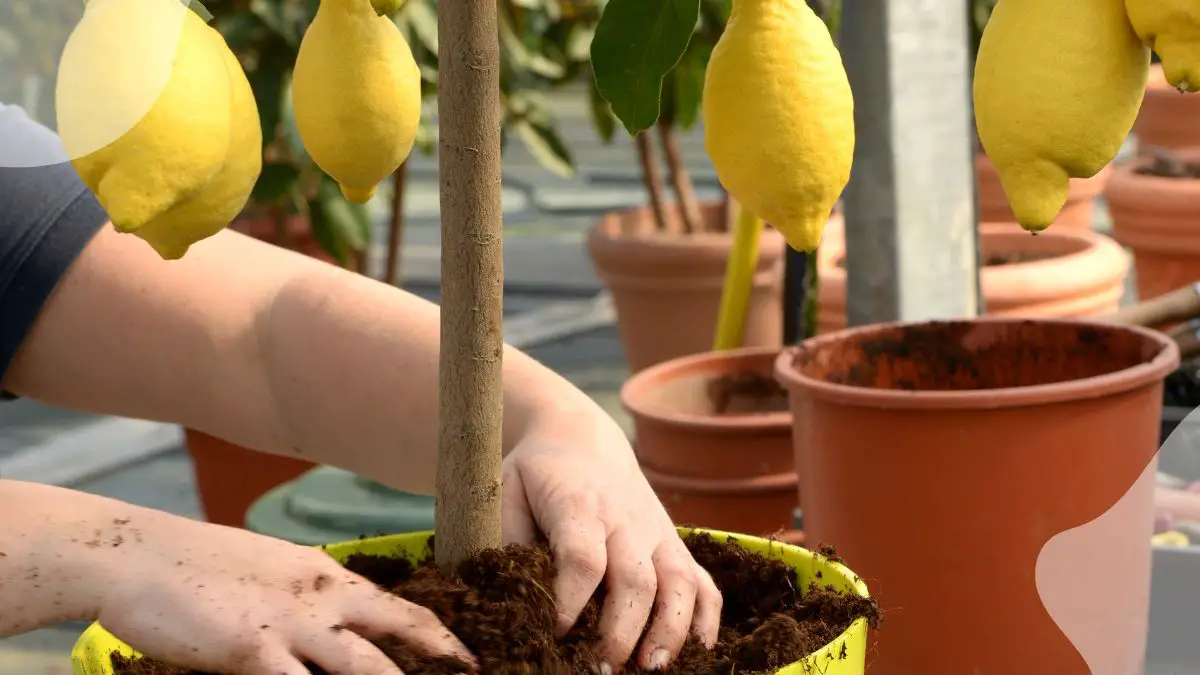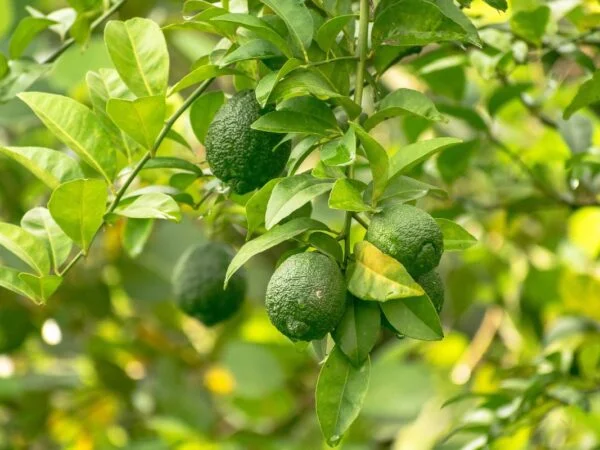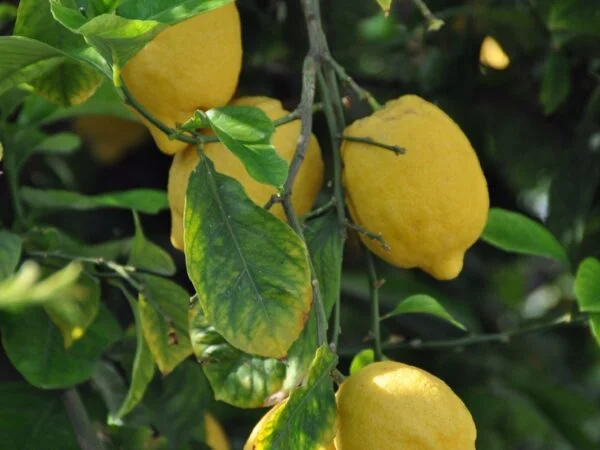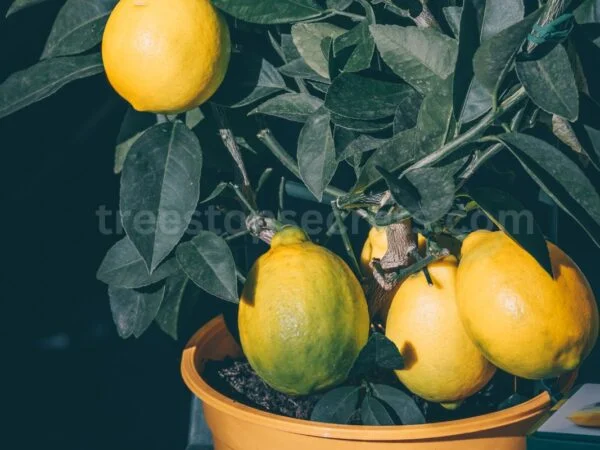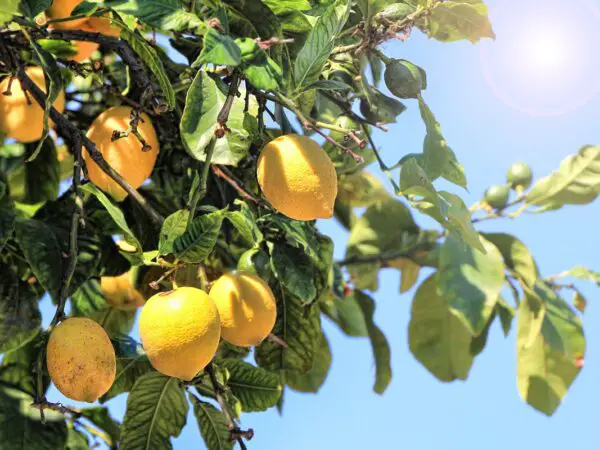Caring for a lemon plant is essential to ensure its health and productivity. By understanding the specific needs of your lemon plant, such as sunlight, watering, soil quality, and pruning techniques, you can foster optimal growth. With proper care, your citrus plant can thrive and provide you with an abundant harvest of fresh, juicy fruits. Stay tuned as we delve into practical tips and tricks on how to take care of your lemon plant effectively. Whether you're a seasoned gardener or just starting, these guidelines will help you nurture your lemon plant to its full potential.
Key Takeaways
- Choose the right lemon tree: Select a lemon tree variety that suits your climate and space to ensure successful growth.
- Provide optimal growing conditions: Ensure your lemon plant receives plenty of sunlight, well-draining soil, and regular watering to thrive.
- Establish a daily care routine: Water your lemon tree consistently, monitor for pests, and fertilize as needed to promote healthy growth.
- Explore advanced care techniques: Prune your lemon tree, consider container gardening, or use organic pest control methods to enhance its health.
- Address common issues promptly: Keep an eye out for signs of nutrient deficiencies, pests, or diseases, and take immediate action to prevent damage.
- Harvest your lemons at the right time: Wait until the lemons reach full maturity, typically indicated by their color and firmness, before picking them for the best flavor and quality.
Choosing Your Lemon Tree
Best Varieties
- Choose a Dwarf Improved Meyer lemon tree for compact indoor spaces, known for its sweet fruit.
- Consider a Dwarf Ponderosa lemon tree with its large, rough-skinned lemons and unique flavor.
- Opt for a Dwarf Variegated Pink Lemonade tree for a pop of color with its striped fruit.
Container Selection
- Start with a smaller pot to accommodate the young lemon tree's size.
- Ensure the container has large drainage holes to prevent water buildup and root rot.
- Use a wheeled plant dolly to move your lemon tree easily for sunlight exposure.
Planting Basics
- Provide proper drainage by layering gravel at the bottom of the container.
- Fill the container with a potting soil mix designed for citrus trees' needs.
- Maintain even soil moisture by watering when the top inch of soil feels dry.
Ideal Growing Conditions
Light Requirements
Indoor lemon trees thrive with at least 8 hours of sunlight daily, benefiting from south- or southwest-facing windows. Positioning them here ensures optimal light exposure, aiding in healthy growth. To maintain a stable environment, avoid drafts and aim to keep nighttime temperatures around 65°F.
Soil Needs
For proper care, regularly check soil moisture using a meter to ensure it remains moist but not waterlogged. To enrich the soil, consider fertilizing with nutrients rich in nitrogen, magnesium, and iron. These elements support the plant's growth and overall health.
Temperature and Humidity
To promote optimal growth, maintain consistent nighttime temperatures around 65°F. Extreme temperature fluctuations can stress lemon plants, so it's essential to provide a stable climate. Monitor humidity levels to prevent any undue stress on the plant.
Daily Care Routine
Watering Practices
To maintain a healthy lemon plant, water thoroughly when the soil is dry about 3 inches deep. Check soil moisture levels using your index finger to prevent overwatering. Ensure the soil remains moist but not waterlogged for optimal growth.
Fertilizing Tips
Feed indoor lemon trees with nutrients rich in nitrogen, magnesium, and iron for healthy development. Consider using Pennington Re fertilizer for enhanced growth outcomes. Avoid over-fertilizing to prevent nutrient imbalances that may harm the plant.
Advanced Care Techniques
Pollination Methods
Indoor lemon trees, commonly found in home settings, are typically self-pollinating. However, manual pollination can significantly boost fruit production. To aid this process, gently shake the tree to simulate natural pollination. Alternatively, consider using a small paintbrush to transfer pollen between flowers.
Pruning Steps
When caring for your lemon plant, it's crucial to undertake regular pruning to ensure top health and growth outcomes. Begin by pruning any dead or damaged branches to promote overall tree vitality. Be vigilant in removing any suckers that may emerge at the base of the tree. This step is essential as these suckers divert energy away from the main tree. Lastly, prune your lemon plant to maintain its desired shape and size, ensuring optimal growth conditions.
Troubleshooting Common Issues
Pest and Disease Control
Lemon plants are susceptible to various pests and diseases that can hinder their growth. Monitor your plant regularly for common pests such as aphids and spider mites. These tiny insects can cause significant damage if left unchecked. To combat them, use neem oil or insecticidal soap, which are effective and environmentally friendly solutions. Ensure proper air circulation around the plant to prevent diseases, as stagnant air can lead to fungal infections.
Addressing Growth Problems
Yellowing leaves on your lemon plant may indicate nutrient deficiencies. Adjust the fertilization regimen by incorporating a balanced fertilizer to provide the necessary nutrients for healthy growth. If you notice leggy growth, consider pruning the plant to stimulate bushier growth. Pruning helps redistribute energy throughout the plant, promoting overall health and vigor. In cases of stunted growth, evaluate the light exposure and watering habits. Inadequate light or improper watering can significantly impact the plant's growth rate.
Harvesting Your Lemons
When to Harvest
Harvest lemons at their peak ripeness, indicated by full color and size. Gently twist each fruit to detach it from the tree without causing damage. Avoid picking immature lemons as they won't ripen properly once off the tree.
Storage Tips
To maintain freshness, keep harvested lemons in a cool, dark spot away from direct sunlight. Opt for a breathable container or a perforated plastic bag for storage. Regularly inspect stored lemons for any signs of spoilage.
Closing Thoughts
You now have the tools to nurture a thriving lemon plant. Remember, choosing the right tree, providing optimal conditions, following a daily care routine, implementing advanced techniques, troubleshooting issues, and harvesting your lemons are key steps for success. By mastering these aspects, you ensure your lemon plant flourishes and rewards you with juicy fruits.
Now it's your turn to put this knowledge into action. Take the first step today by applying what you've learned and watch as your lemon plant transforms into a bountiful source of freshness in your home. Your dedication will not only yield delicious lemons but also cultivate a deeper connection with nature and the satisfaction of growing your own produce.
Frequently Asked Questions
How do I choose the right lemon tree for my home?
When choosing a lemon tree, consider factors like available space, climate compatibility, and desired lemon variety. Opt for healthy trees from reputable nurseries to ensure a good start.
What are the ideal growing conditions for a lemon plant?
Lemon plants thrive in well-draining soil, full sunlight exposure, and warm temperatures between 70-85°F. Ensure proper air circulation and protection from strong winds to promote healthy growth.
What should be included in the daily care routine for a lemon plant?
Daily care for a lemon plant involves watering when the top inch of soil is dry, providing adequate sunlight, and monitoring for pests or diseases. Regularly check soil moisture levels to avoid overwatering.
What are some advanced care techniques to enhance lemon plant growth?
Advanced care techniques include pruning for shape and airflow, fertilizing with citrus-specific nutrients, and managing pests organically. Consider using mulch to retain moisture and suppress weeds around the base of the tree.
How can I troubleshoot common issues with my lemon plant?
Common issues like yellowing leaves, fruit drop, or pest infestations can be addressed by adjusting watering practices, inspecting for signs of disease, and ensuring proper nutrition. Seek advice from local gardening experts if problems persist.
When is the right time to harvest lemons from my plant?
Lemons are typically ready for harvest when they reach full color and size, usually 6-9 months after flowering. Gently twist or cut the fruit from the tree to avoid damaging the branches and store them in a cool, dry place.
Image Source: Paid image from CANVA

